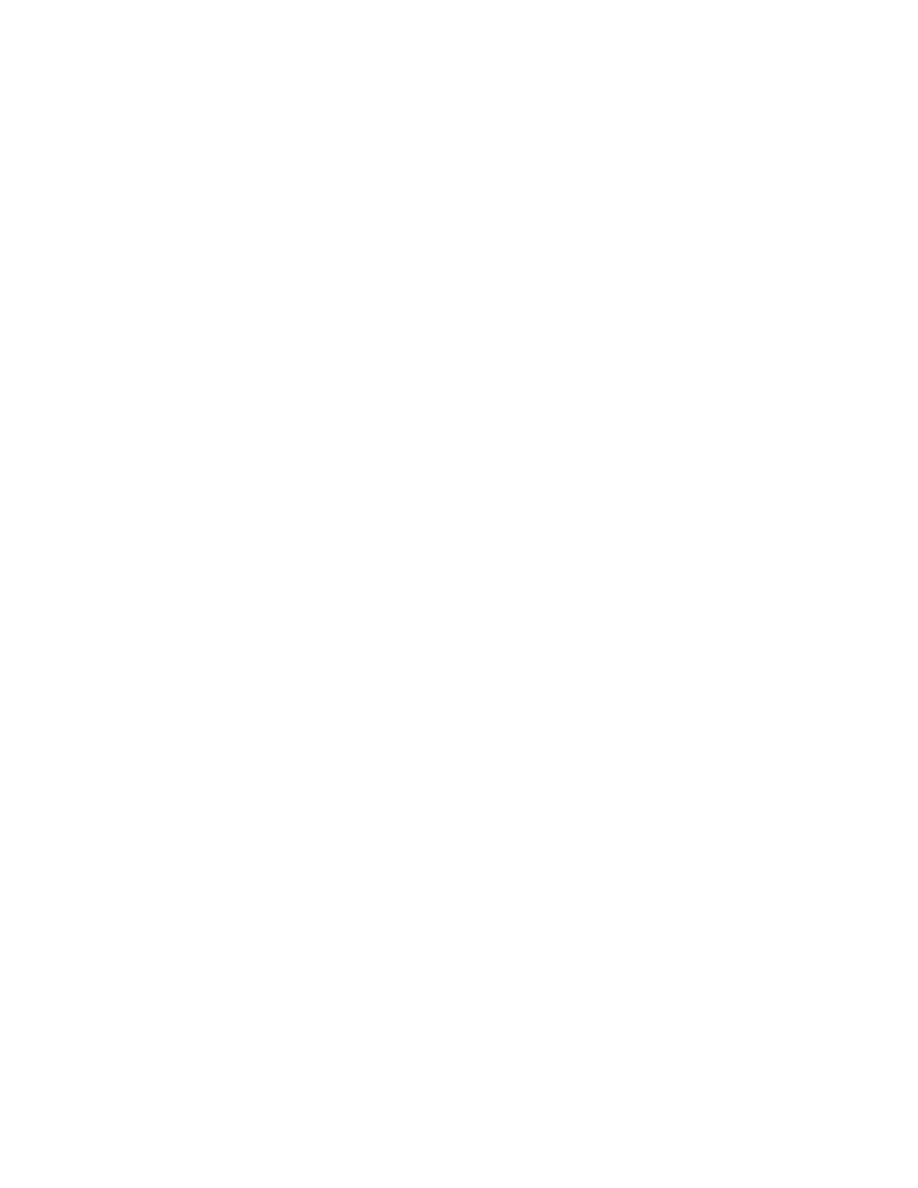
822
14 CFR Ch. I (1–1–19 Edition)
Pt. 36, App. H
(3) To comply with this appendix, a min-
imum of six takeoffs, six approaches, and six
level flyovers is required. To be counted to-
ward this requirement, each flight event
must be validly recorded at all three noise
measuring stations.
(4) The approved values of V
H
and V
y
used
in calculating test and reference conditions
and flight profiles must be reported along
with measured and corrected sound pressure
levels.
Section H36.113 Atmospheric attenuation of
sound.
(a) The values of the one-third octave band
spectra measured during helicopter noise
certification tests under this appendix must
conform, or be corrected, to the reference
conditions prescribed in section H36.3(a).
Each correction must account for any dif-
ferences in the atmospheric attenuation of
sound between the test-day conditions and
the reference-day conditions along the sound
propagation path between the aircraft and
the microphone. Unless the meteorological
conditions are within the test window pre-
scribed in this appendix, the test data are
not acceptable.
(b)
Attenuation rates.
The procedure for de-
termining the atmospheric attenuation rates
of sound with distance for each one-third oc-
tave bands must be determined in accord-
ance with SAE ARP 866A (Incorporated by
reference, see § 36.6). The atmospheric at-
tenuation equations are provided in both the
International and English systems of units
in section A36.7 of appendix A to this part.
(c)
Correction for atmospheric attenuation.
(1)
EPNL values calculated for measured data
must be corrected whenever—
(i) The ambient atmospheric conditions of
temperature and relative humidity do not
conform to the reference conditions, 77
°
F
and 70%, respectively, or
(ii) The measured flight paths do not con-
form to the reference flight paths.
(iii) The temperature and relative humid-
ity measured at 33 feet (10 meters) above the
ground must be used to adjust for propaga-
tion path absorption.
(2) The mean attenuation rate over the
complete sound propagation path from the
aircraft to the microphone must be com-
puted for each one-third octave band from 50
Hz to 10,000 Hz. These rates must be used in
computing the corrections required in sec-
tion H36.111(d) of this appendix.
PART C
—
NOISE EVALUATION AND CALCULATION
UNDER
§ 36.803
Section H36.201 Noise Evaluation in EPNdB.
(a) Effective Perceived Noise Level
(EPNL), in units of effective perceived noise
decibels (EPNdB), shall be used for evalu-
ating noise level values under § 36.803 of this
part. Except as provided in paragraph (b) of
this section, the procedures in appendix A of
Part 36 must be used for computing EPNL.
appendix A includes requirements governing
determination of noise values, including cal-
culations of:
(1) Perceived noise levels;
(2) Corrections for spectral irregularities;
(3) Tone corrections;
(4) Duration corrections;
(5) Effective perceived noise levels; and
(6) Mathematical formulation of noy ta-
bles.
(b) Notwithstanding the provisions of sec-
tion A36.4.3.1(a), for helicopter noise certifi-
cation, corrections for spectral irregularities
shall start with the corrected sound pressure
level in the 50 Hz one-third octave band.
Section H36.203 Calculation of noise levels.
(a) To demonstrate compliance with the
noise level limits of section H36.305, the
noise values measured simultaneously at the
three noise measuring points must be
arithmetically averaged to obtain a single
EPNdB value for each flight.
(b) The calculated noise level for each
noise test series,
i.e.
, takeoff, flyover, or ap-
proach must be the numerical average of at
least six separate flight EPNdB values. The
90 percent confidence limit for all valid test
runs under section H36.111(d) of this appendix
applies separately to the EPNdB values for
each noise test series.
Section H36.205 Detailed data correction
procedures.
(a)
General.
If the test conditions do not
conform to those prescribed as noise certifi-
cation reference conditions under section
H36.305 of this appendix, the following cor-
rection procedure shall apply:
(1) If there is any difference between meas-
ured test and reference conditions, an appro-
priate correction must be made to the EPNL
calculated from the measured noise data.
Conditions that can result in a different
value include:
(i) Atmospheric absorption of sound under
measured test conditions that are different
from the reference test conditions; or
(ii) Measured flight path that is different
from the reference flight path.
(2) The following correction procedures
may produce one or more possible correction
values which must be added algebraically to
the calculated EPNL to bring it to reference
conditions:
(i) The flight profiles must be determined
for both reference and test conditions. The
procedures require noise and flight path re-
cording with a synchronized time signal
from which the test profile can be delin-
eated, including the aircraft position for
which PNLTM is observed at the noise meas-
uring station. For takeoff, the flight profile
VerDate Sep<11>2014
12:50 Apr 30, 2019
Jkt 247046
PO 00000
Frm 00832
Fmt 8010
Sfmt 8002
Y:\SGML\247046.XXX
247046
spaschal on DSK3GDR082PROD with CFR